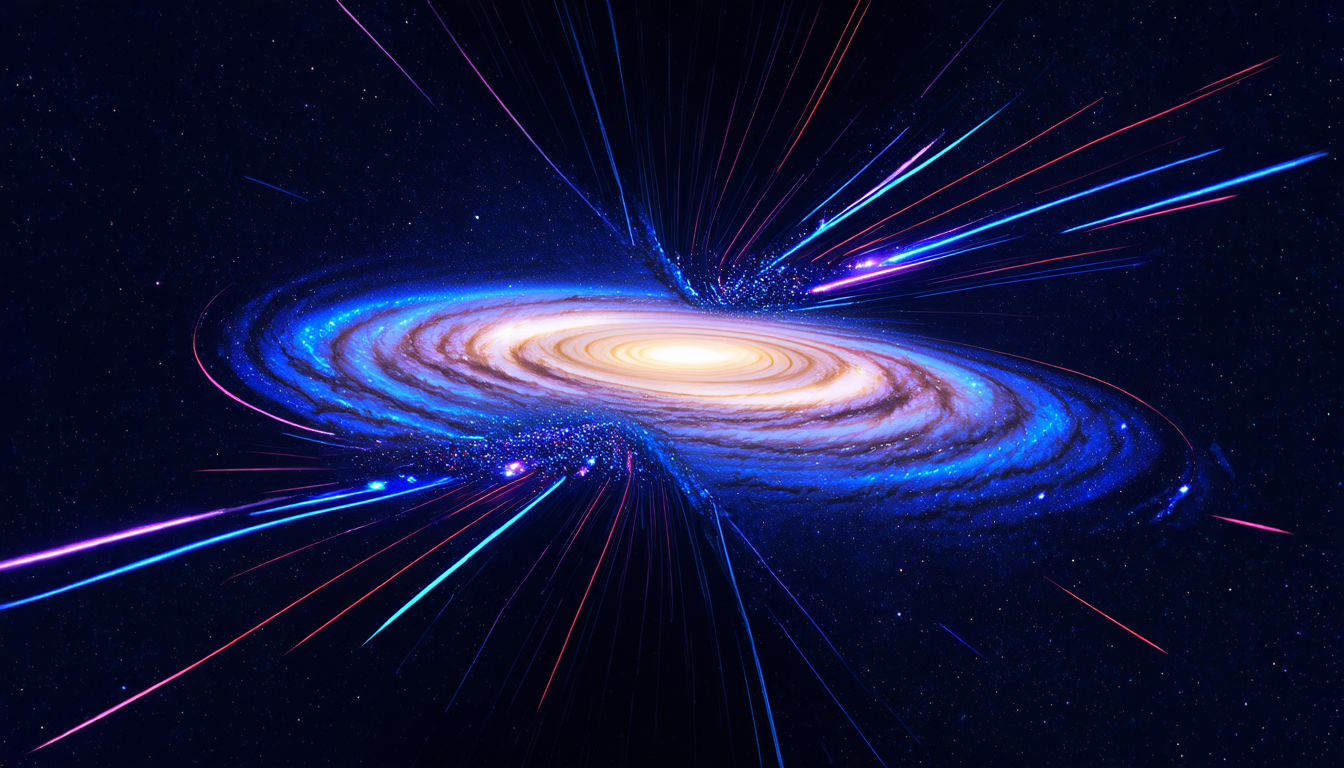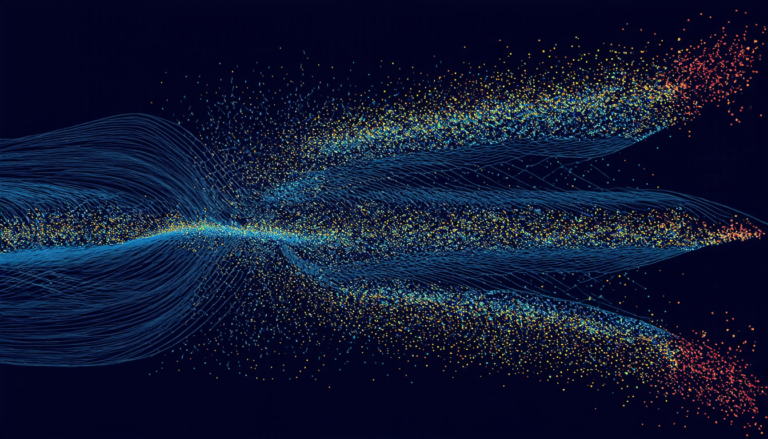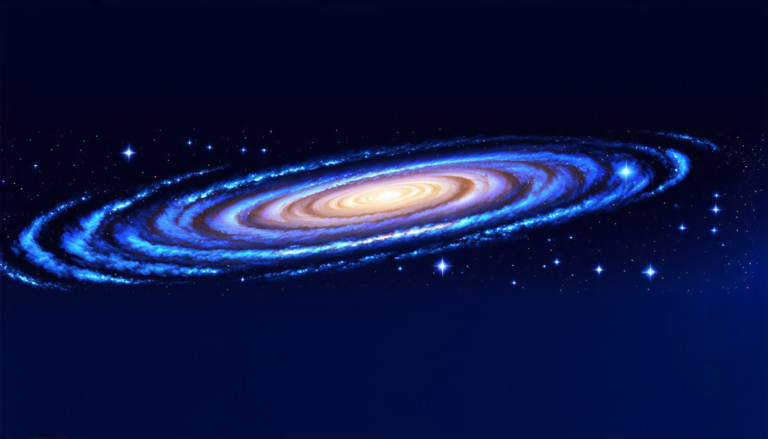Wednesday 19 March 2025
A new technique has been developed to help scientists better understand the mysteries of the universe, specifically the nature of dark energy and its role in the accelerating expansion of the cosmos.
The method, known as nulling, involves using a special type of lensing map to separate the signal from noise in cosmic shear data. This allows researchers to extract more information from the data than was previously possible, and to make more accurate predictions about the properties of dark energy.
Cosmic shear is a phenomenon where the light from distant galaxies is bent and distorted by the gravitational pull of foreground matter. By analyzing this distortion, scientists can learn about the distribution of mass in the universe, including the presence of dark matter and dark energy.
However, cosmic shear data is often contaminated with noise from various sources, such as the intrinsic alignment of galaxies and the effects of galaxy evolution. Nulling helps to remove this noise by using a transformation that cancels out the contributions from low-redshift lenses, allowing researchers to focus on the signal from higher-redshift structures.
One of the key benefits of nulling is its ability to provide more accurate constraints on dark energy. Dark energy is thought to be responsible for the accelerating expansion of the universe, but its nature remains poorly understood. By using nulling to analyze cosmic shear data, scientists hope to gain a better understanding of this mysterious force and how it affects the evolution of the cosmos.
The technique has already been tested using simulated data from several upcoming surveys, including the Euclid mission and the Dark Energy Survey. The results show that nulling can indeed provide more accurate constraints on dark energy than traditional methods, and could potentially be used to make more precise predictions about the future expansion of the universe.
While nulling is still a developing technique, it has the potential to revolutionize our understanding of the cosmos. By providing a new way to analyze cosmic shear data, scientists may be able to gain a deeper insight into the nature of dark energy and its role in shaping the evolution of the universe.
Cite this article: “Unlocking the Secrets of Dark Energy: A New Technique for Cosmic Shear Analysis”, The Science Archive, 2025.
Dark Energy, Cosmic Shear, Nulling, Lensing Map, Noise Removal, Galaxy Evolution, Intrinsic Alignment, Euclid Mission, Dark Energy Survey, Accelerating Expansion







